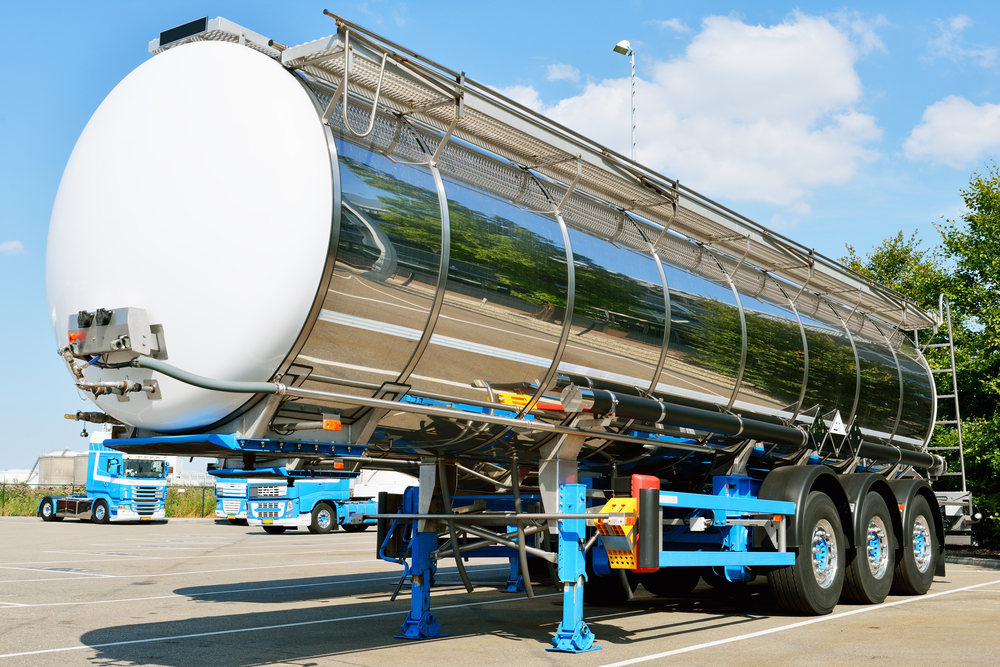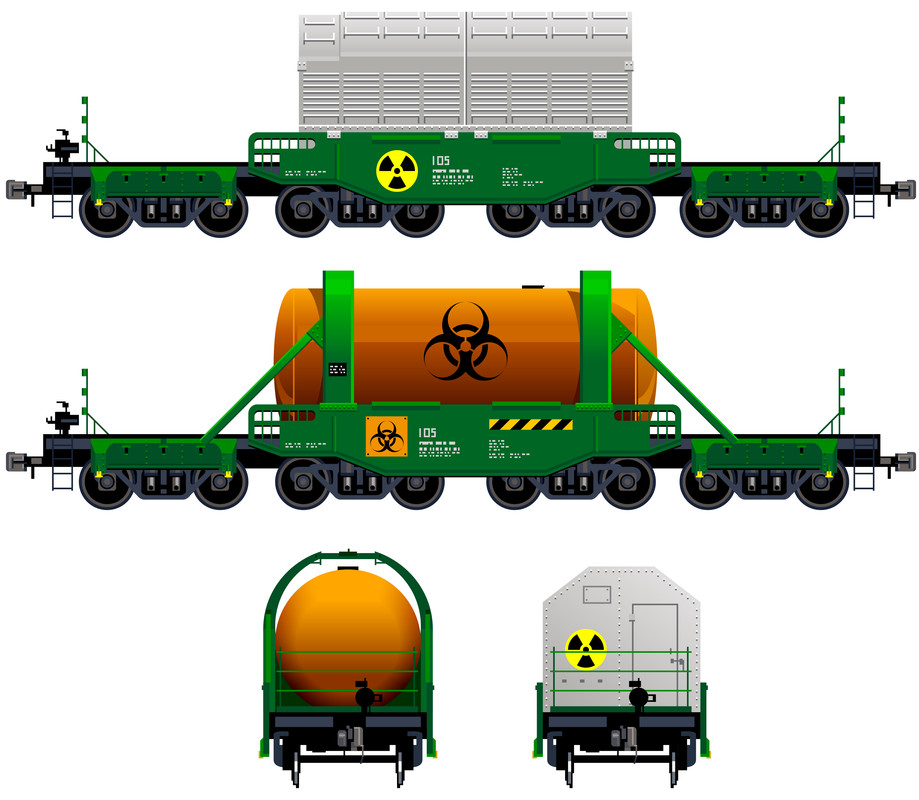What are Some Must-Have Features in a Dangerous Goods Container?
Dangerous Goods Container, also referred to as Hazardous Goods Container, is a common term used in the shipping industry. It is a type of container that is specially manufactured in Australia for shipping goods of a hazardous nature. These containers are used to bring goods into Australia or to ship them across the globe or relocate them interstate with an assurance of compliance to the legal specifications of Australia. Know about some of the features that this type of container must-have.
 |
| Dangerous Goods Container |
Spill Containment
During the storage of hazardous goods, the dangerous goods container should be able to contain all types of spills that can possibly happen. Even in case there is spillage of such items inside the container, there could be risks for people, organization or even the environment. The spill containment capacity needed for hazardous goods varies from every dangerous goods class.
- AS3780 – Australian standard outlining spill containment capacity for any stored corrosive substance.
- AS1940 – Australian standard outlining spill containment capacity for any flammable liquid.
Dangerous Goods Signage
This requirement is mandatory for dangerous goods container that stores hazardous goods. Goods storage facilities have to display proper signage. Workers can benefit from the safety signage and detect the classes of hazardous goods that are being stored. There is a different signage requirement for each class of hazardous goods, and failure to display that means non-compliance with the Australian standards. This will put workers at severe risk.
Ventilation
Some classes of hazardous goods include:
- Oxidizing agents
- Organic peroxides
- Corrosive substances
- Toxic substances
- Flammable liquids
These emit dangerous vapours that can have a major impact on the health of humans. You can get intoxicated from these goods through:
- Inhalation
- Skin contact
- Ingestion
 |
| Dangerous Goods Containers |
Inhalation is the commonest type of exposure among all three. The risks of exposure to dangerous gases and vapours from these goods can be reduced by manufacturing a dangerous goods container with all the ventilation specifications that are mentioned in the relevant standard of Australia for the hazardous goods class being stored. A hazardous goods container not having ventilation will not be compliant with proper Australian standards. It can have a high dangerous vapours concentration which may increase asphyxiation risks if inhaled.
Operational Safety Features
There are a number of other mandatory safety features that these containers must acquire.
- Internal opening – Every door of such a container should be capable of being opened from the inside. Exterior locks, if any, have to be deactivated. It will also make sure that nobody is trapped within the container. In case a worker gets trapped within such a facility, he or she can possibly die due to the asphyxiation.
- The passage in the container – It should have a passage measuring a minimum width of 800mm, which can extend from the container’s one end to another.
- Intrinsically safe electrical equipment – There should not be any electrical equipment fitted to a dangerous goods container that is used to store combustible or flammable liquid. In case the container needs some electrical equipment, it has to be safe intrinsically. In case electrical equipment that is non-intrinsically safe is used within a flammable storage container, it is likely to serve as a source of ignition and could lead to a major fire hazard easily.
Protection Against Toxic Chemicals
Hazardous goods can create a danger to the environment, property and people but such goods are also needed for the manufacturing of various products. These goods can be flammable liquids, corrosive substances, chemicals, or more. It is essential to carry them from one place to another safely else they can create major accidents. That is why we need dangerous goods containers.



